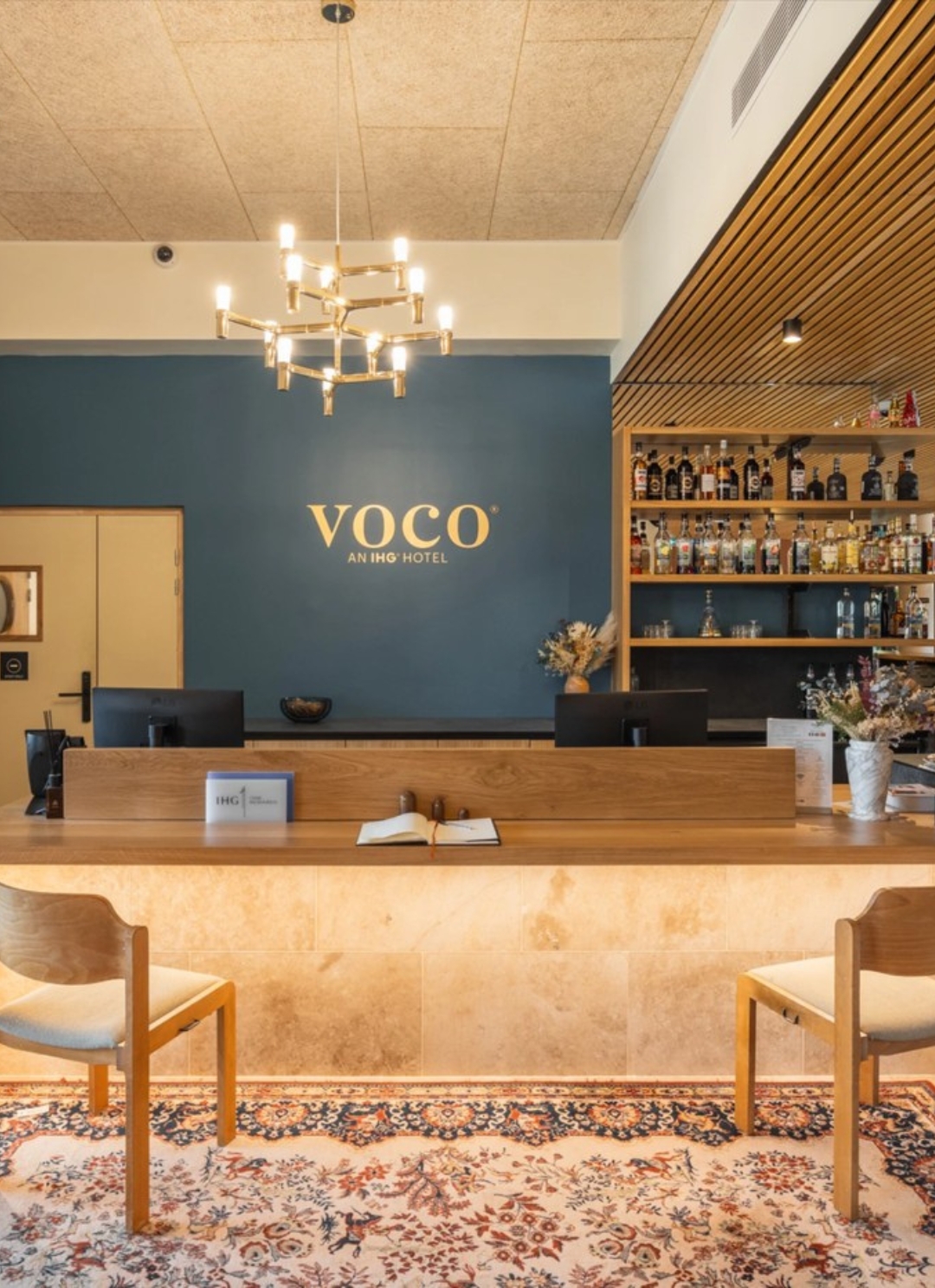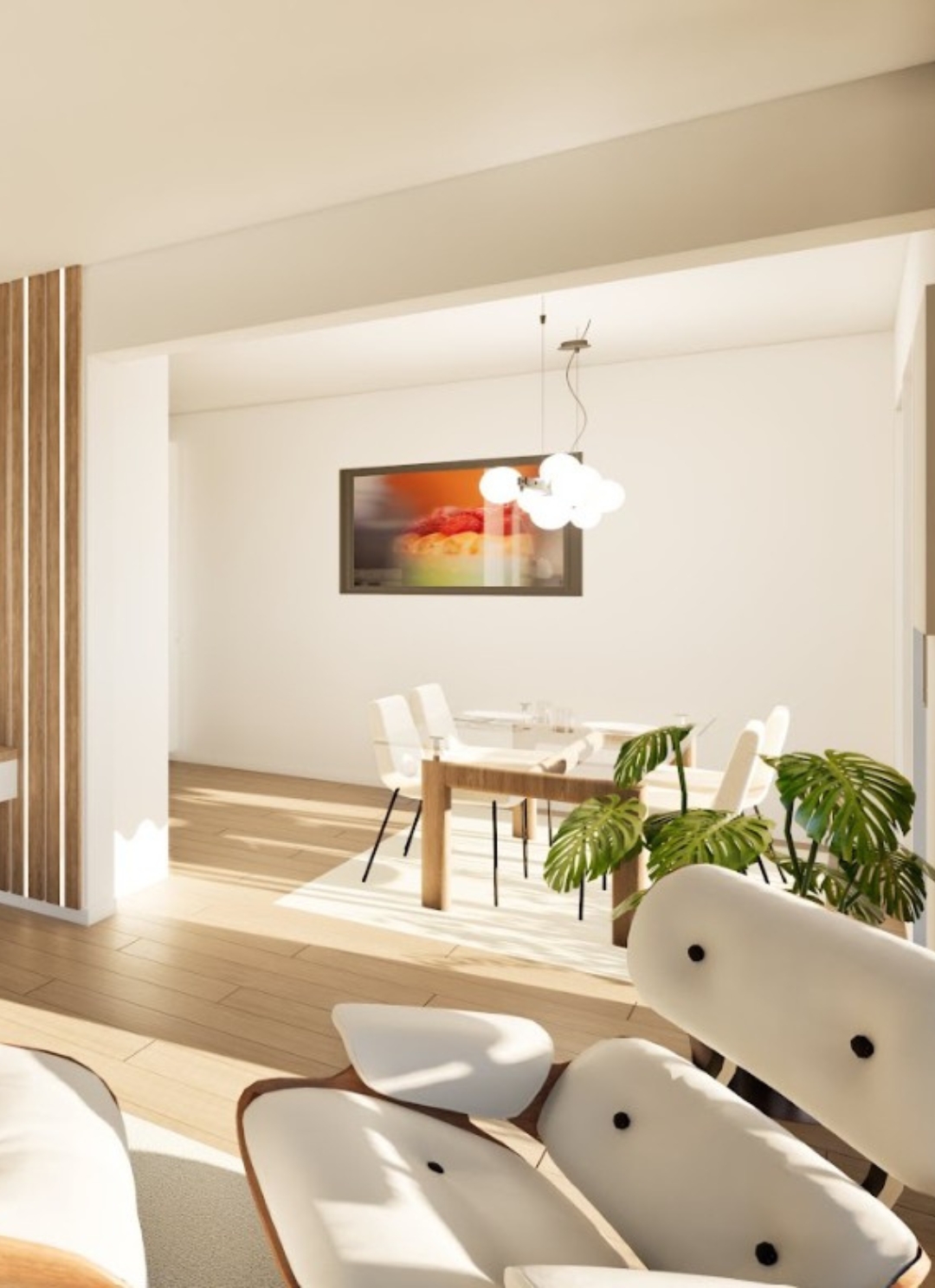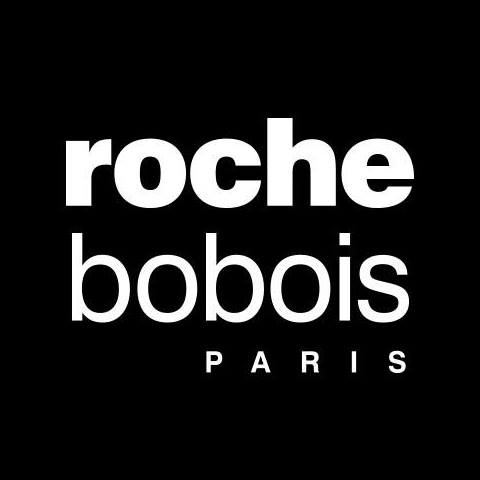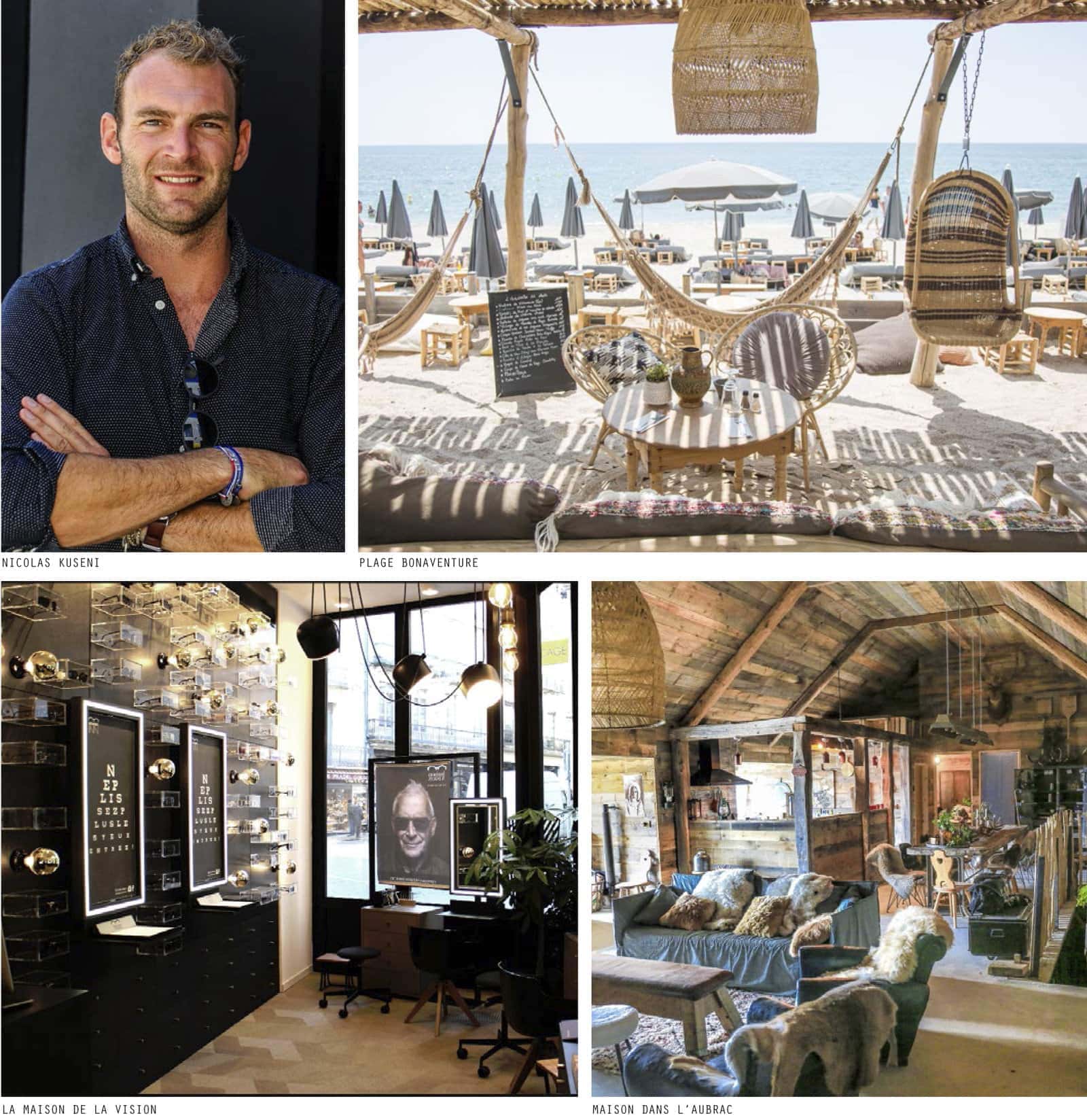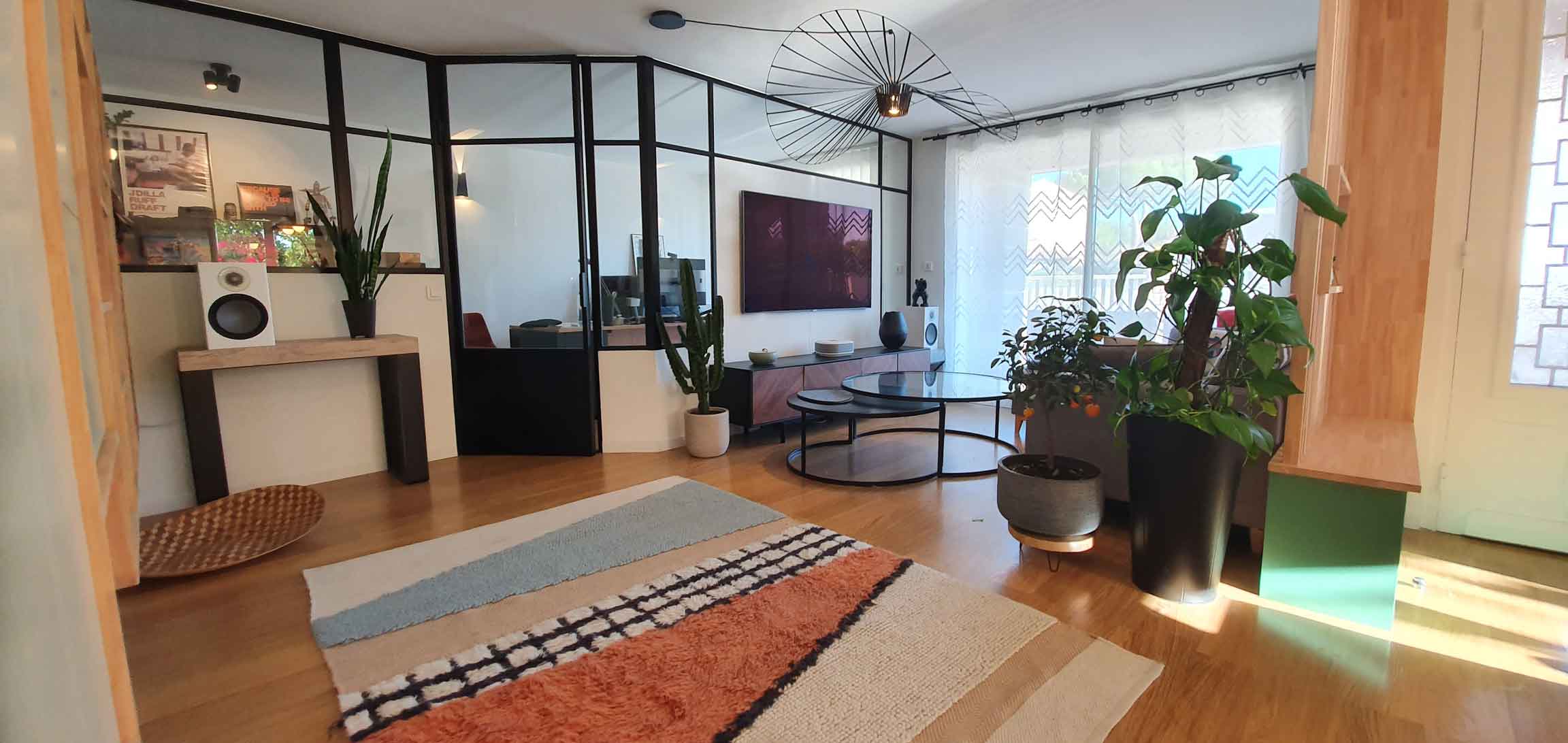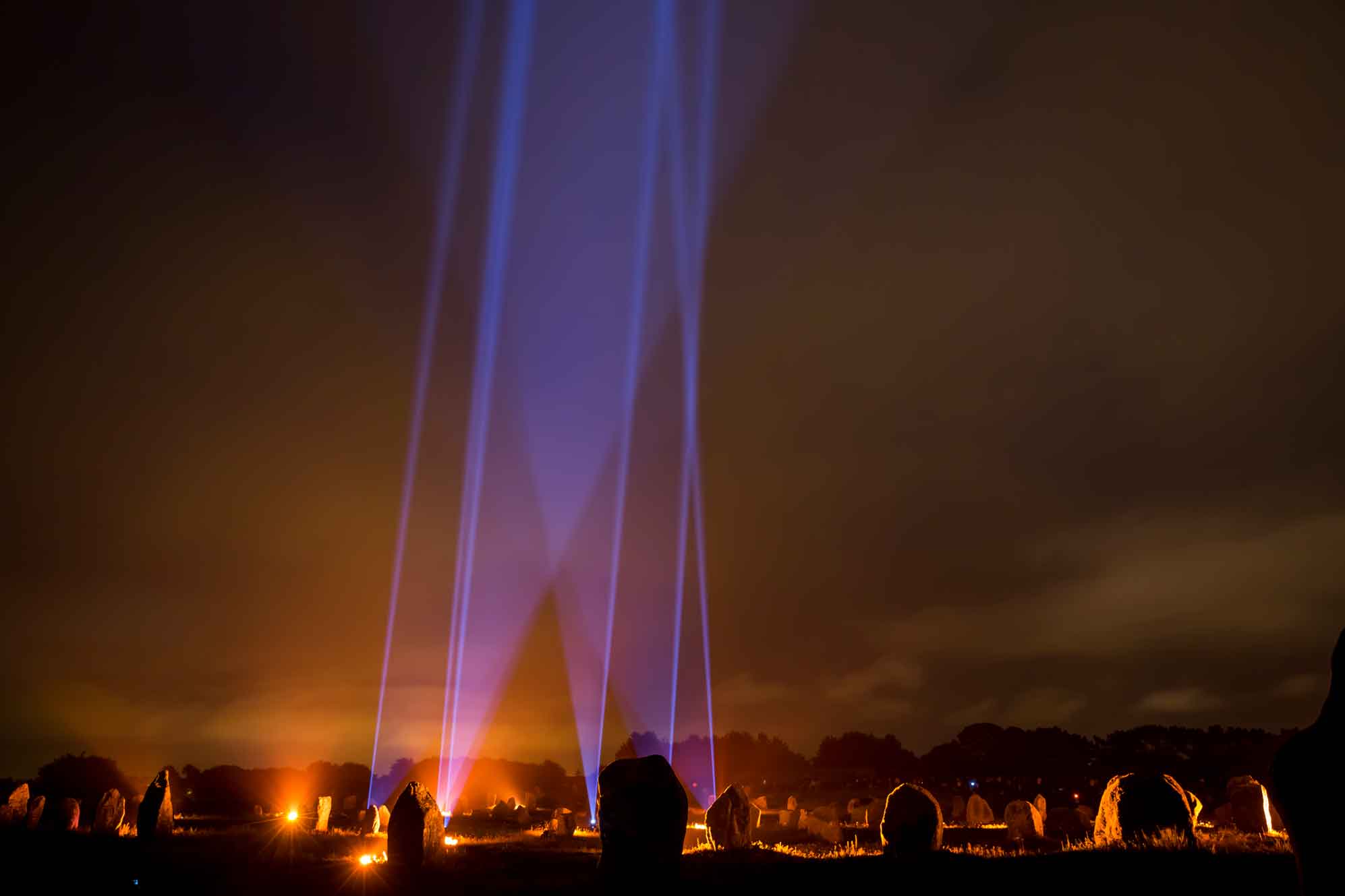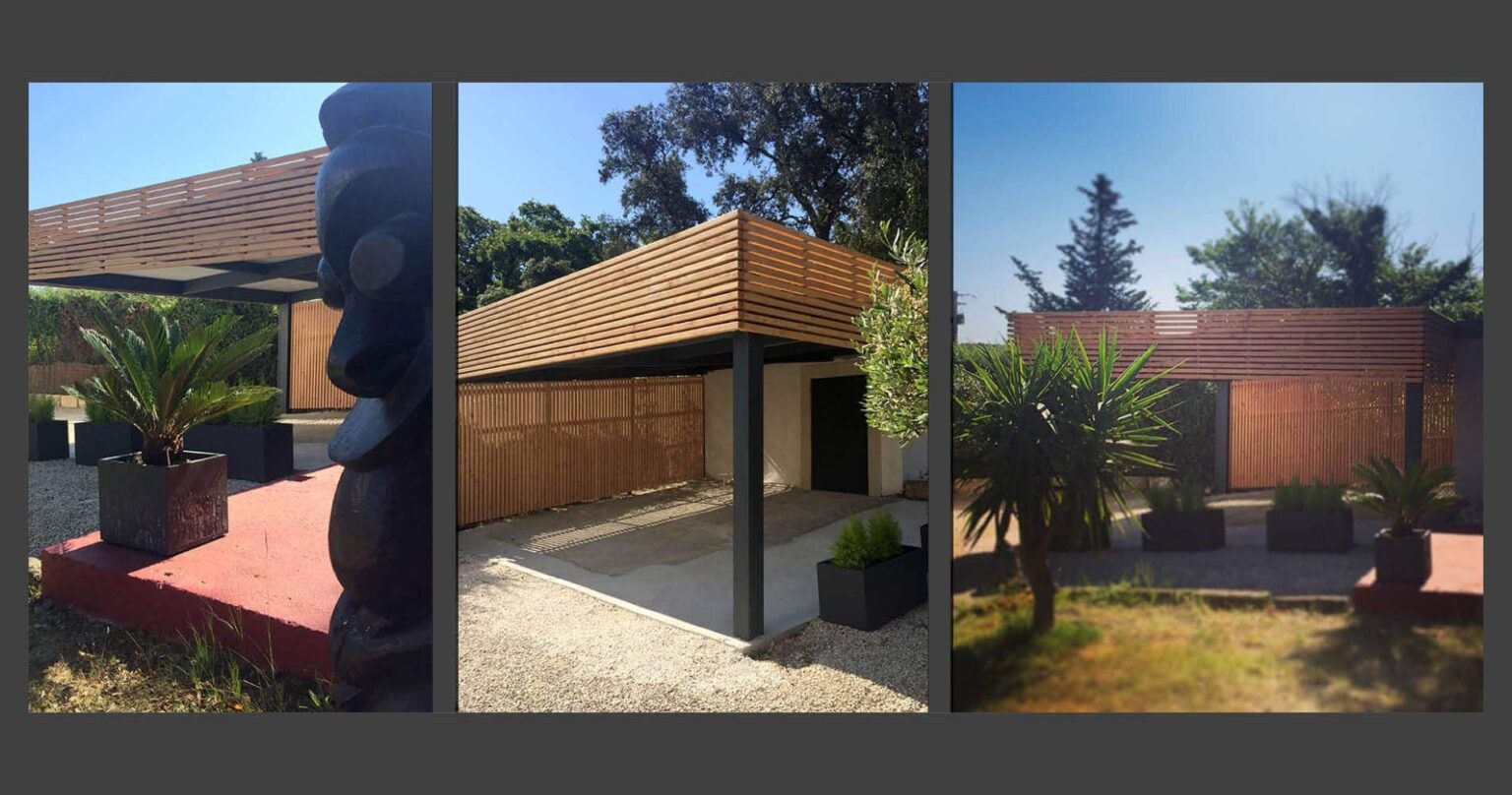
-
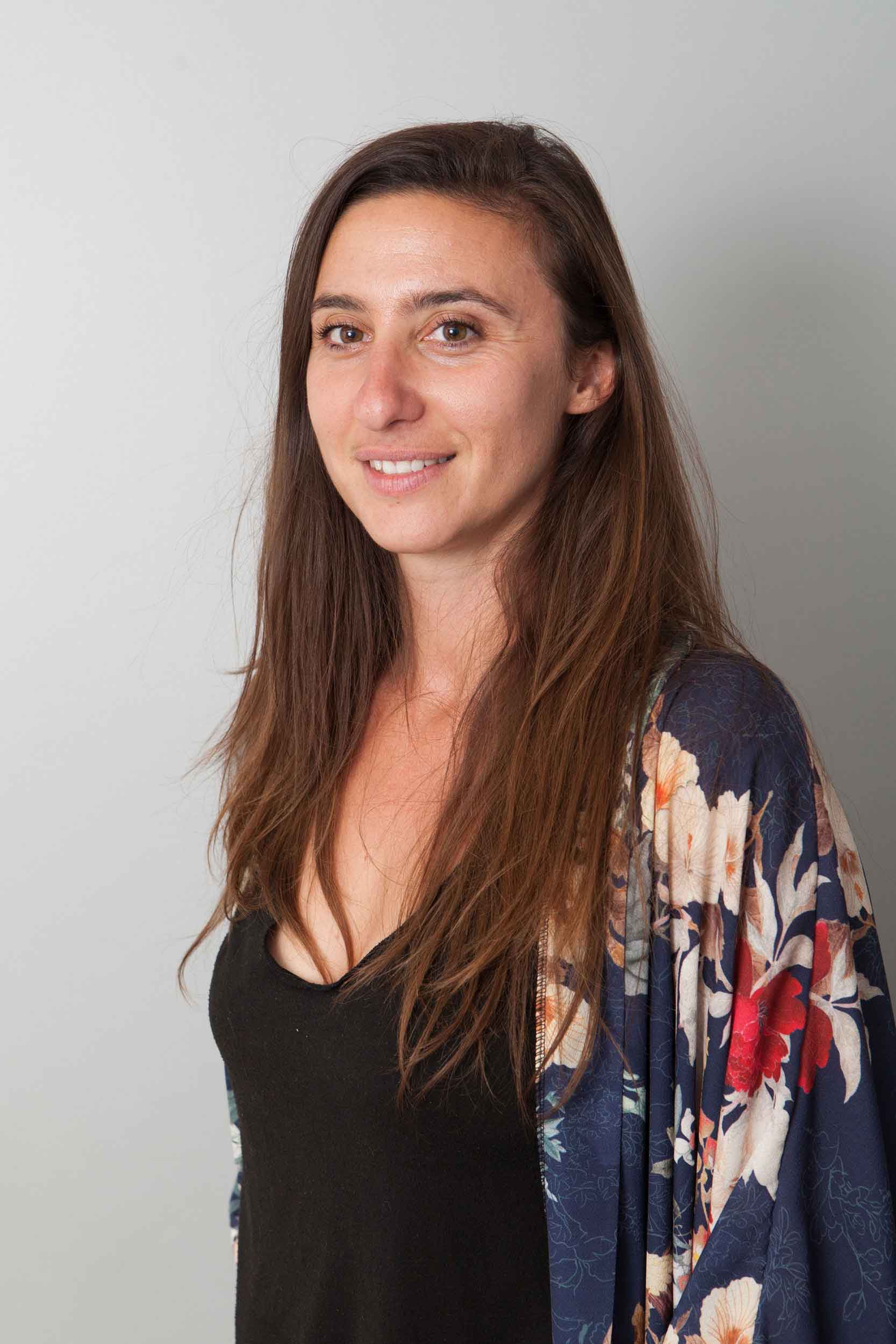
- Promotion 2009
- Training Interior Architecture
- currently works at C Design
- position Interior designer
- location Hérault and Gard
For Céline Régina, architecture is both a human and a family adventure. She has placed this human relationship at the heart of her work, moving away from projects that are excessive in size to focus on local architecture. Find out more about her and her approach to space design.
A look back at your ESMA years
What drew you to the world of space design?
I’ve always been fascinated by the relationship between architecture and the way people live in their homes. Beyond beauty and aesthetics, what really motivates me in this world of space design is being able to offer everyone an improvement in their living environment, making their home a cocoon. I think that architecture was the way to lead me towards a human adventure. People are at the heart of my work, and architecture is the result.
Why did you choose to do the BTS course at ESMA?
For me, the BTS at ESMA was a logical next step in my school career. After a literary BAC with a Plastic Arts option, I really wanted to take a practical course that would prepare me for the world of work.
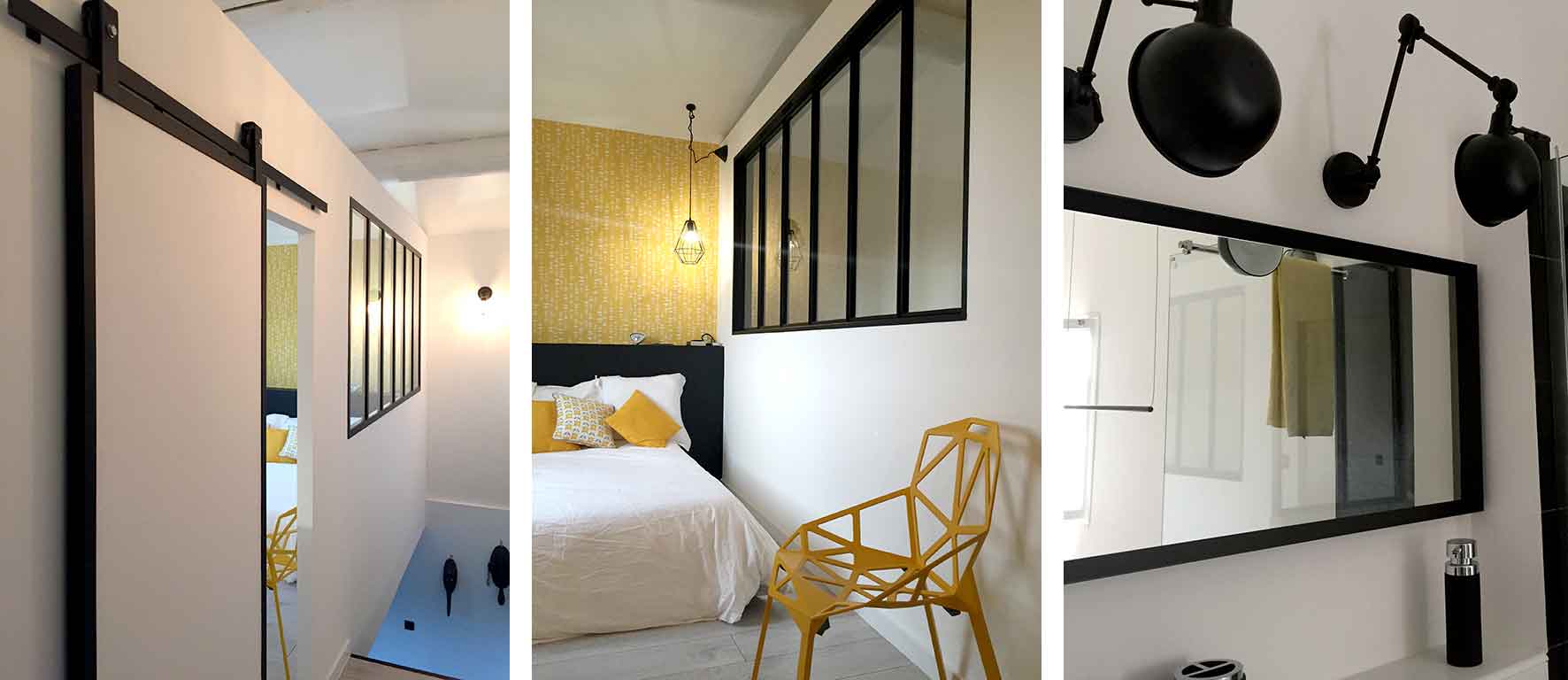
What did the course bring you?
The course gave me an overview of the practice of design and improved my artistic skills in drawing and art history. To understand how to bring a project to fruition.
Was there a subject that you particularly liked?
The history of art and architecture is one of the most interesting subjects for me, because it helps you to understand how the world and lifestyles have changed. It also enriches your aesthetic and conceptual culture.
Students now have the option of continuing their BTS with a Masters in Interior Architecture. What do you think?
The role of the school is to prepare us for the world of work. I think this course is a real asset for young graduates. The best way to put your knowledge into practice, and above all to perfect it, is to apply it in the field. The 6-month work placement on offer will make this possible, and it’s certain that the students will come out of it better qualified.
Is this something you would have liked to have done when you were a student? What could it bring to students?
After my BTS in Space Design, I still didn’t feel confident enough to enter the world of work, so I went on to study for a 2-year DSAA in Interior Architecture and the Environment. I’m sure that if this course had existed at the time, I would have taken it with my eyes shut.
The knowledge of legal standards, the in-depth study of materials and techniques, and verbal communication are just some of the many assets that this course brings to the table and which are essential for us to be successful in our profession. The Master’s in Space Design seems to me to be a course with great professional potential.
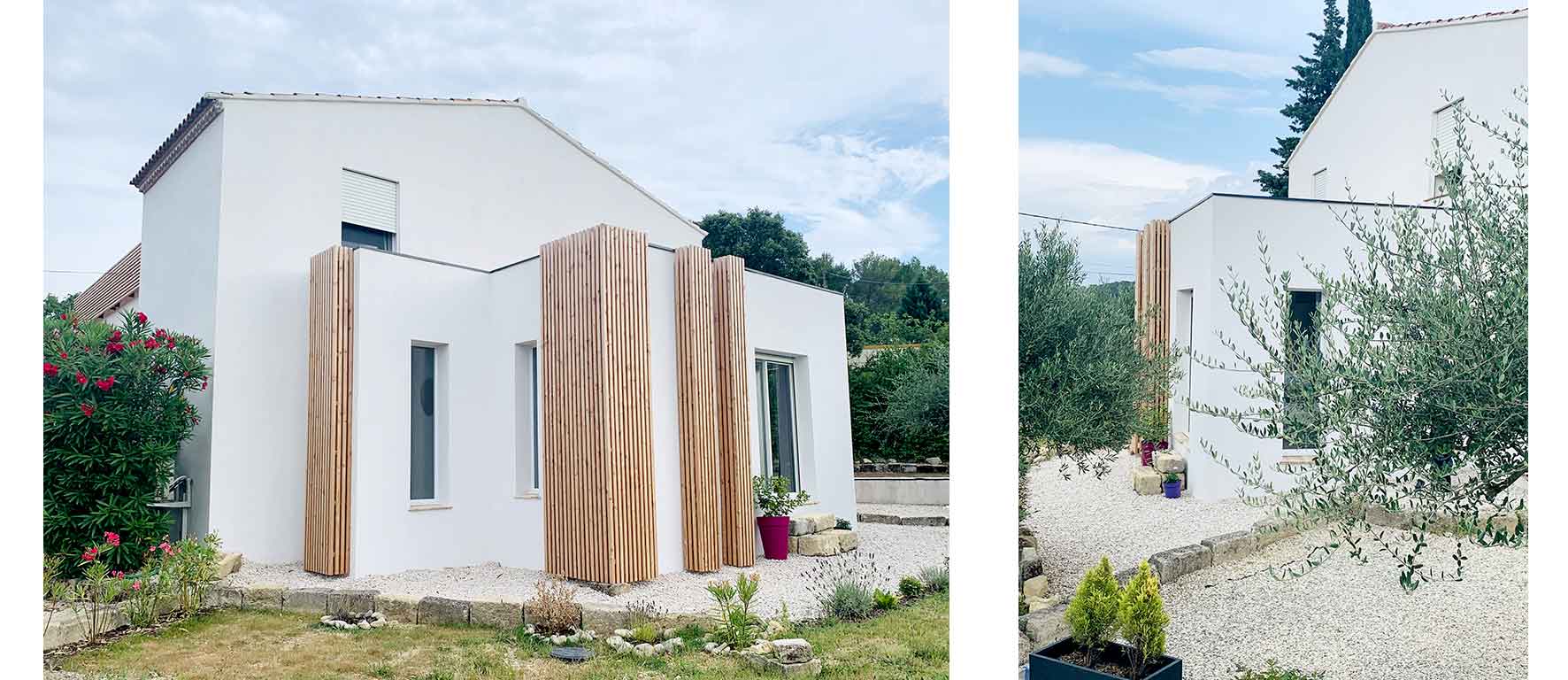
When you left the course, did you have a clear idea of what you wanted to do?
When I left the course, I knew what I didn’t want to do: work on large projects. The human element is at the heart of my work process, so naturally I wanted to move towards local architecture.
Your career path
Once you had your degree, what was your career path?
Once I graduated in 2011, I wanted to travel and see what was happening elsewhere, to get inspired by other ways of life. I went to live on Reunion Island for a year, where I initially wanted to work for agencies, but after several meetings and discussions with local architects and interior designers, I set up my own business. I was able to work with them on a freelance basis for 1 year.
Then, back in mainland France, in my native region, I started to build up my own network of clients: individuals, professionals, local authorities… with whom I still work today.
Since 2019, alongside my work as an interior designer, I have taken over the co-management of the family masonry business. This gives clients the opportunity to closely manage the structural part of my projects, which is often considered to be the trickiest part.
What do you love about your job?
I specialise in renovation and refurbishment. What I’m passionate about is taking an existing situation and transforming it into something better, while retaining the spirit of the place and matching it to the customer’s expectations.
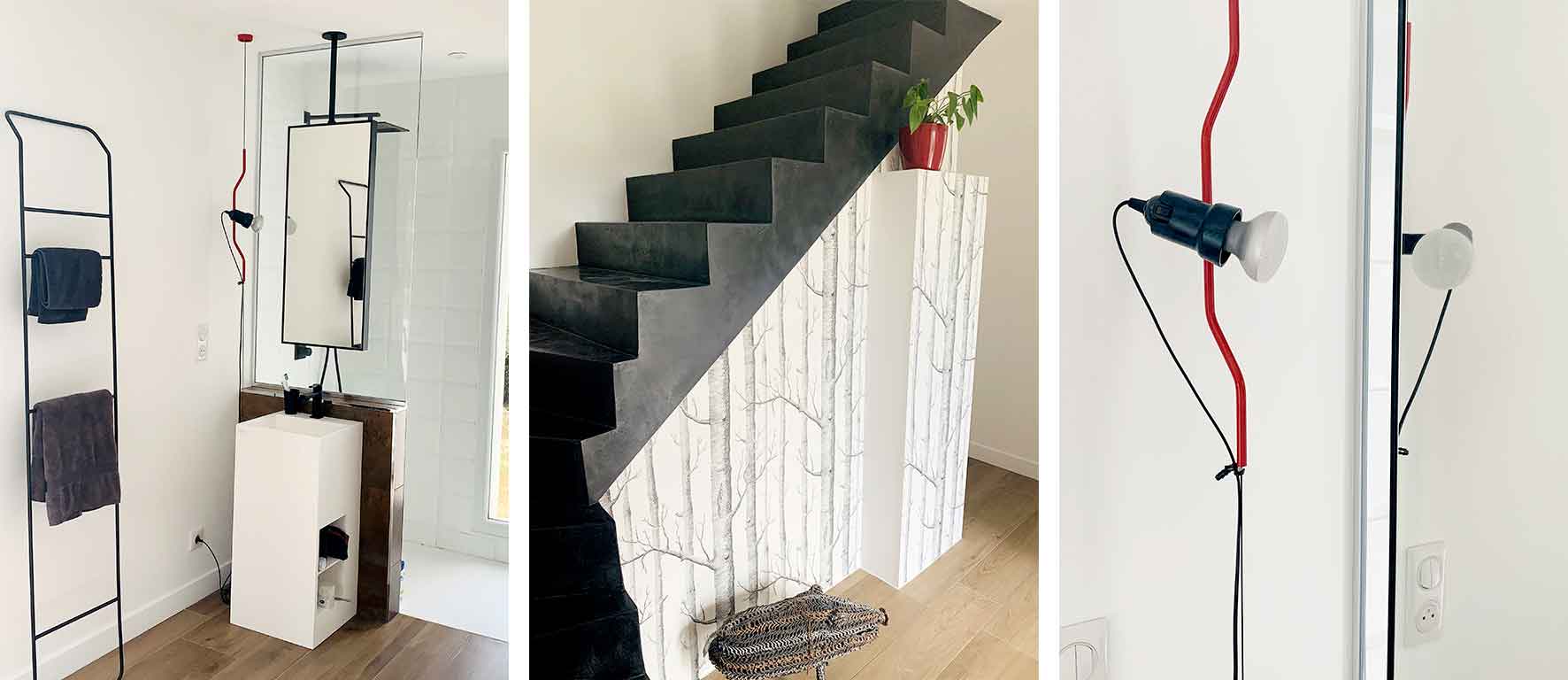
Why did you open your own agency?
I set up my agency in 2012 more by force of circumstance than by my own choice. My initial intention was to work as an employee in order to perfect my skills. Out of conviction, I didn’t want to join a big agency and the small agencies didn’t offer in-house positions, but they did offer me freelance contracts. So, quite naturally, I set up my own business.
Are there any skills or qualities required to do this job?
Curiosity, perseverance and patience are appreciated qualities. As well as being creative, this profession is governed by a multitude of technical standards and regulations that you absolutely have to be familiar with. We take responsibility for every project we undertake, and I think it’s essential to keep a close eye on technical developments. That’s why I’m a member of the National Union of Interior Architects and Designers (UNAID), a professional association affiliated to the French Building Federation.
You are also co-manager of the family masonry business. Can you tell us more about that?
Ever since I was a little girl, I’ve been surrounded by the world of construction and building sites. My dad set up his general masonry business in 1981. Working alongside him, I was able to develop my technical skills in construction and renovation. Naturally, when he retired in 2019, I decided to take over the reins of the family masonry business on a joint-management basis.
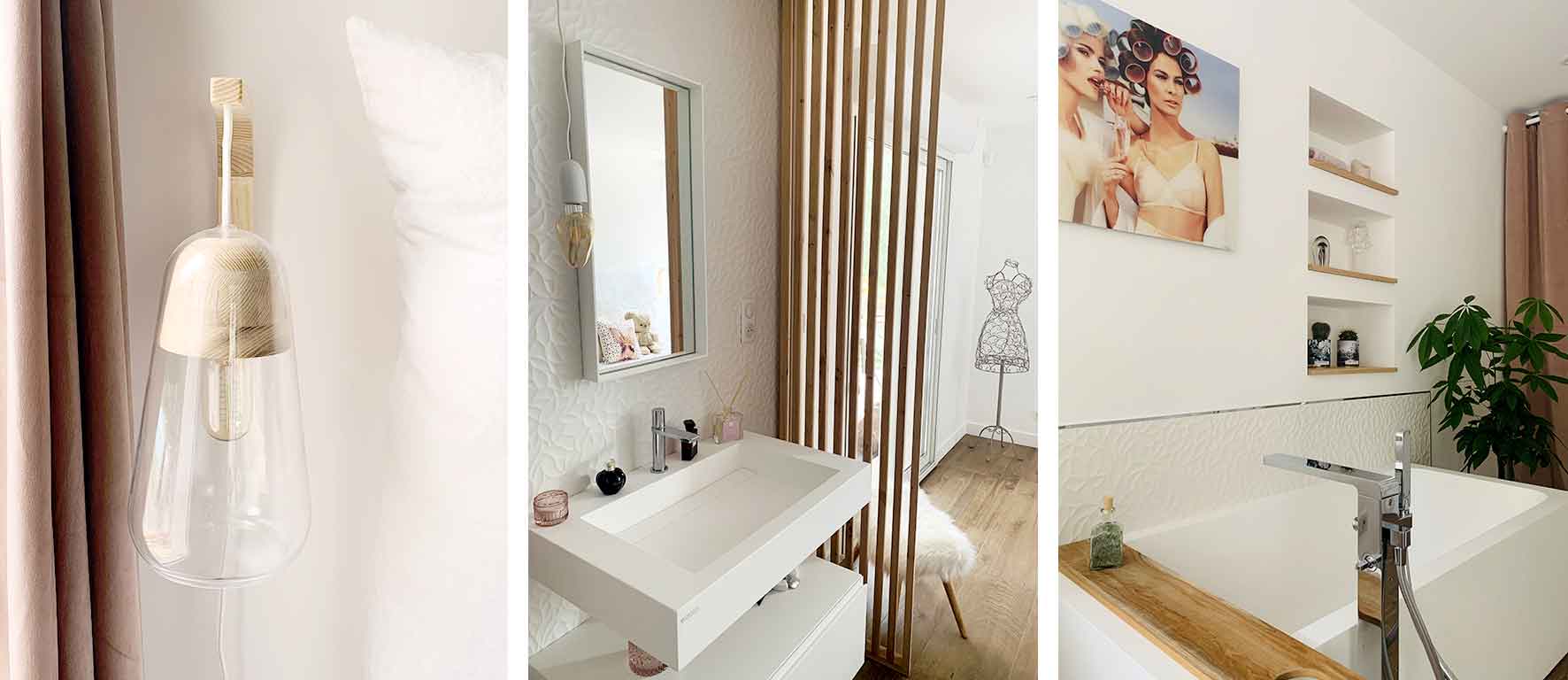
How are the two businesses managed?
My two structures work together on certain projects, but are completely independent. Clients who consult me for an interior architecture project are under no obligation to work with the masonry company. This simply makes the project easier and more responsive, which is much appreciated by my clients.
This has no impact whatsoever on my agency work, apart from the fact that I work 120% instead of 100%.
Having the family business already established in the region for almost 40 years gave me a nice springboard to start my business.
What kind of projects are you working on?
I mainly work on private residential projects, interior refurbishments, extensions and refurbishments.
You have a presence on social networks. Is that important in your work?
In today’s digital and dematerialised world, I think it’s imperative to have a presence on social networks. However, I feel that human contact is being lost more and more. That’s why I’m also part of a network of entrepreneurs who can make trusted recommendations.
Is there a Céline Régina signature?
I don’t claim to have a signature, what I claim in my work is to make architecture accessible to everyone. My identity is based on infinite creativity, inspired by the desires of my customers. I use my skills to create the ideal project! Combining aesthetics, functionality and expertise.
Is there a project you’re particularly proud of that you’d like to share with us?
My very first project as an interior designer: the renovation of a master suite. The clients put their trust in me and today I’ve been able to work with them on more than 3 projects that have resulted in a complete renovation of their home.
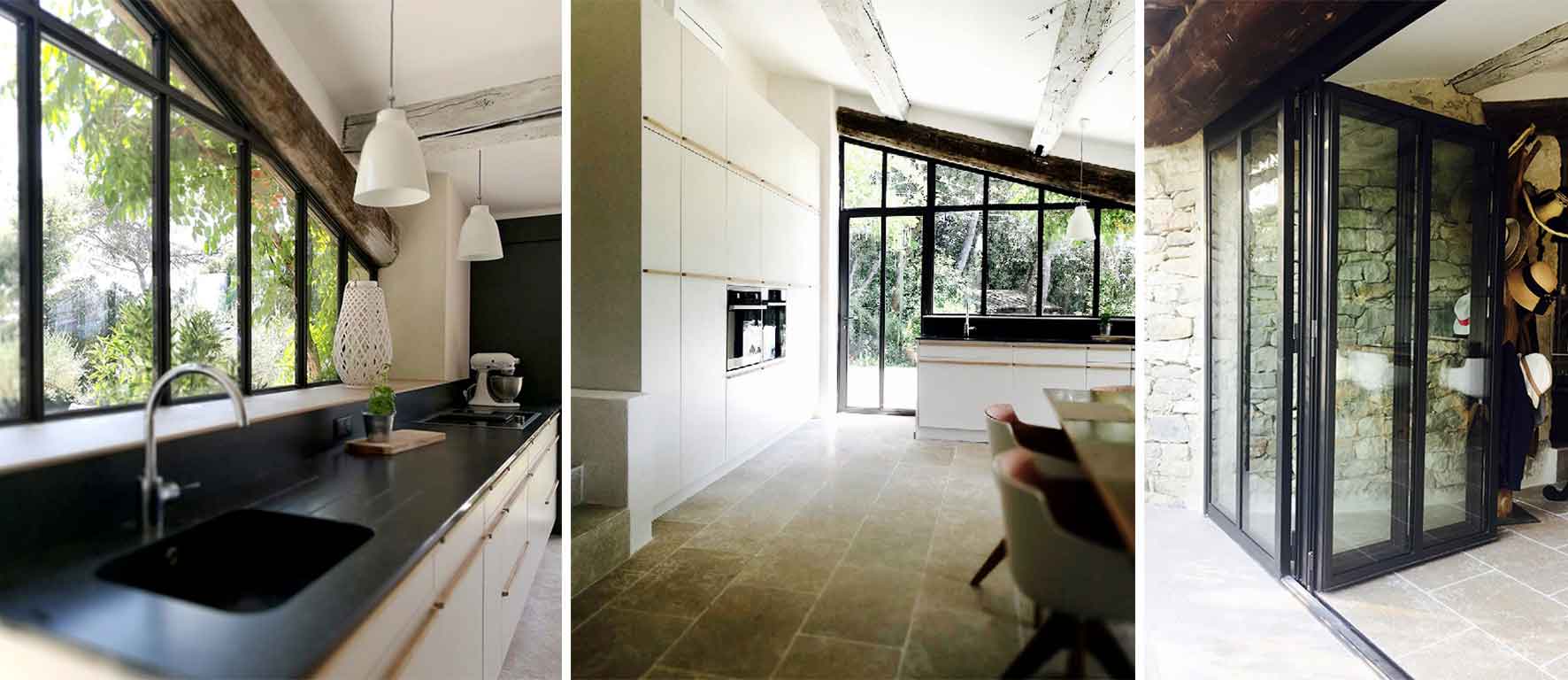
In conclusion
Any future projects?
The complete renovation of a three-storey town house in the heart of a conservation area. This work will be carried out in close collaboration with a structural design office.
Any advice for students and future students?
Motivation and perseverance! The profession of interior architect is often equated – by default – with that of decorator… apart from the aesthetic aspect, our profession goes further than that. “The interior architect participates in the act of building, practising his or her art from the design and layout of a building’s volumes to the staging of the objects that will create the quality, coherence and pleasure of living in a space” (UNAID)
To find Céline Régina online:
Website: a-cdesign.fr
Instagram : @agence.c.design
Facebook: Agence C. Design
